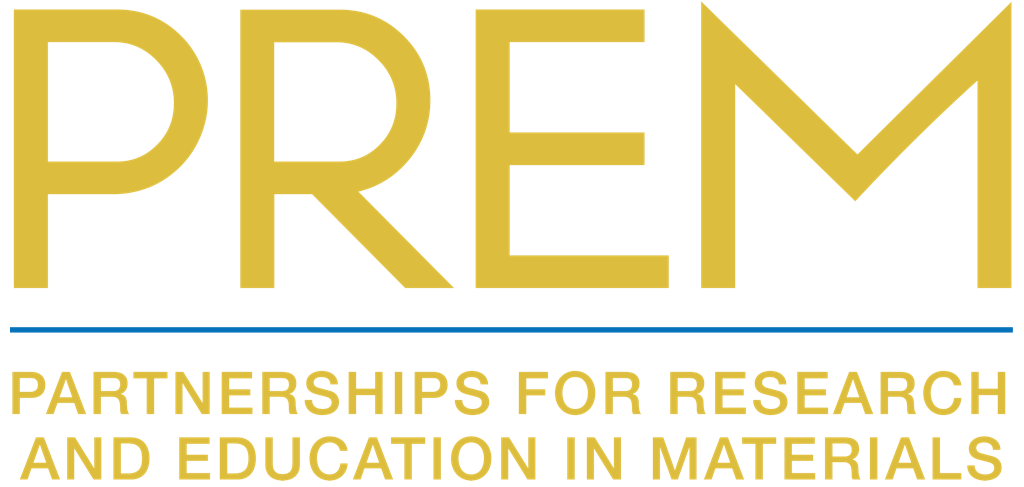Building a sample platform for live cell imaging
Imaging high resolution live tissues has long been a goal to better understand the development of tissue specific disease and tissue biology. Current imaging techniques allow for live imaging, but not at high resolution or high resolution imaging, but not of living cells.
To address this issue, undergraduate scholars in the Jessing and Blake groups (FLC) have developed a new chemical technique to create a thin (23.7 μm) porous silicon membrane that mimics the structural and mechanical properties of the space between lung cells and capillary cells where gas exchange occurs in lungs. These new samples have been sent to the Yoon group (NSU) for characterization, and AFM studies are planned in Boulder. Going forward, the partnership will work to thin these membranes down to the sub-10 μm thickness. This porous silicon will act as a physical platform to allow the transport of a lung-on-a-chip to different imaging tools to image high resolution dynamics of living lung tissue.


